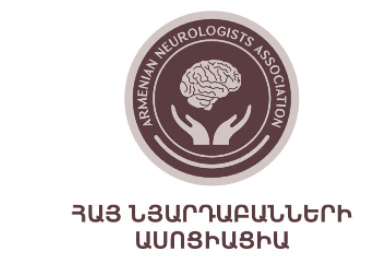by Dr David Garcia Azorin, Prof. Jan B. M. Kuks, Prof. Patrick Cras
Since 2009, European and international neurologists have taken the European Board Exam in Neurology every year. The European Union of Medical Specialists (UEMS) Section of Neurology (aka Board of Neurology, UEMS-EBN) and the European Academy of Neurology (EAN) coordinate the exam1.
Young neurologists are invited to test and prove their preparation in next year’s exam, which will be held online on 9-10 May (oral) and 16 May (written) 2025. For information about how to take the exam, please visit the exam website here.
Additionally, senior neurologists and professors interested in being part of the exam, either by producing questions or participating in the exams, are welcome. Interested parties should write to ebn-examination@wma.co.at
The UEMS aims to harmonise the postgraduate training of medical specialists by offering European board exams that may serve as end-of-residency exams. The UEMS-EBN and EAN have drafted European Training Requirements (ETR) for neurologists, which constitute the knowledge and skills a European neurologist should be able to demonstrate.
The European Board Exam in Neurology is one of the thirty exams conducted annually, testing candidates’ knowledge and setting the standard for training medical specialists. In 2018, a survey from the EAN Residents and Research Fellows Section reported that in 75% of European countries, an end-of-residency exam is required to become certified as a neurologist2. Most of the end-of-residence exams in Europe are organised separately within each country. However, the European Board Exam in Neurology has already become the official end-of-residency exam in some countries.
The exam consists of two major parts: an oral exam and a written exam. In the first part, candidates are asked to present a public health or ethics essay, a critical appraisal of a topic (CAT), and a clinical case for approximately 50 minutes. For the first two, candidates submit a short piece to the examiners prior to the exam and receive feedback, if needed. The submissions are scanned for plagiarism and the use of artificial intelligence software. Candidates receive questions after the presentation of the essay, the CAT, and the clinical case, and a brief discussion is opened, testing clinical reasoning and knowledge.
The second part is the written exam, which includes open-book and closed-book sections. In the open-book section, candidates can use a reference text during the exam to mimic what most neurologists can do in the routine clinical setting. In the closed-book exam, candidates receive a list of sources from which the questions will be created, mostly the EAN’s recent guidelines. Detailed instructions on how to prepare for the exam are available on the exam website3.
Importantly, since the publication of the European Training Requirements of Neurology, which resulted from the collaboration between the EAN, UEMS, and the national societies, the questions of the written exam aim to provide a balanced representation of all the topics and areas covered in the ETRN4.
The final mark of the exam is calculated by taking into account the results from both the oral and written exams, and they are weighted based on the best candidates’ results after excluding the questions with less discriminative value. In the past two years, 8 out of 99 (8%) and 12 out of 149 (8%) candidates failed the exam. A full report on each year’s exam results is publicly available.
Since the pandemic, the exam has been conducted online over two separate days. Candidates can take it from home or their offices, with a series of technical and security requirements. All examinees are informed about the technical requirements and are asked to test their software before the exam to ensure that everything runs smoothly.
For the time being, the exam does not yet have a statutory basis. Still, it is considered a sign of excellence, proof of candidates’ knowledge and ability, and a sign that their training is aligned with the European Training Requirements. In this global world, where the mobility of healthcare providers is increasingly important, it supports a thorough preparation of the holder.
“To study the principles of neurology meant a deep dive into different subjects and -in the pursuit of knowledge- figuring out which field I’m most interested in, and it is an excellent manner for a resident to discover and uncover some wonders of neurology. Then again, there is always more mystery.”
– Dr Yann Vivier, successful EBN Exam candidate, 2024
- 1.Bassetti, C. L. A. et al. The 2022 European postgraduate (residency) programme in neurology in a historical and international perspective. Eur. J. Neurol. 31, e15909 (2024). Doi: 10.1111/ene.15909
- Kleineberg N.N. et al. Differences in neurology residency training programmes across Europe – a survey among the Residents and Research Fellow Section of the European Academy of Neurology national representatives. Eur J Neurol. 2020 Aug;27(8):1356-1363. doi: 10.1111/ene.14242.
- European Training Requirements for Neurology: https://www.ean.org/learn/career-development/european-curricula
- https://www.uems-neuroboard.org/web/index.php/european-board-examination










